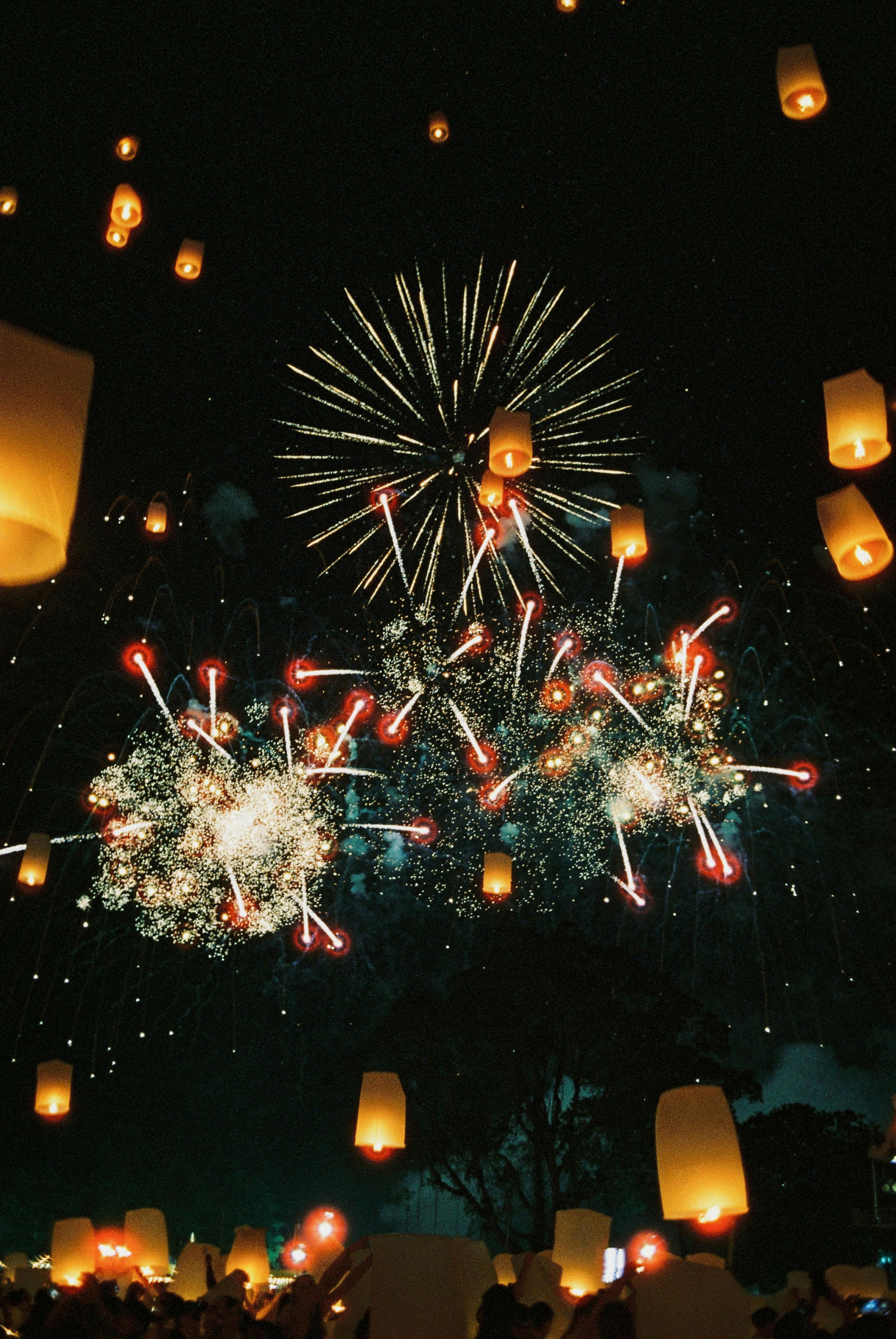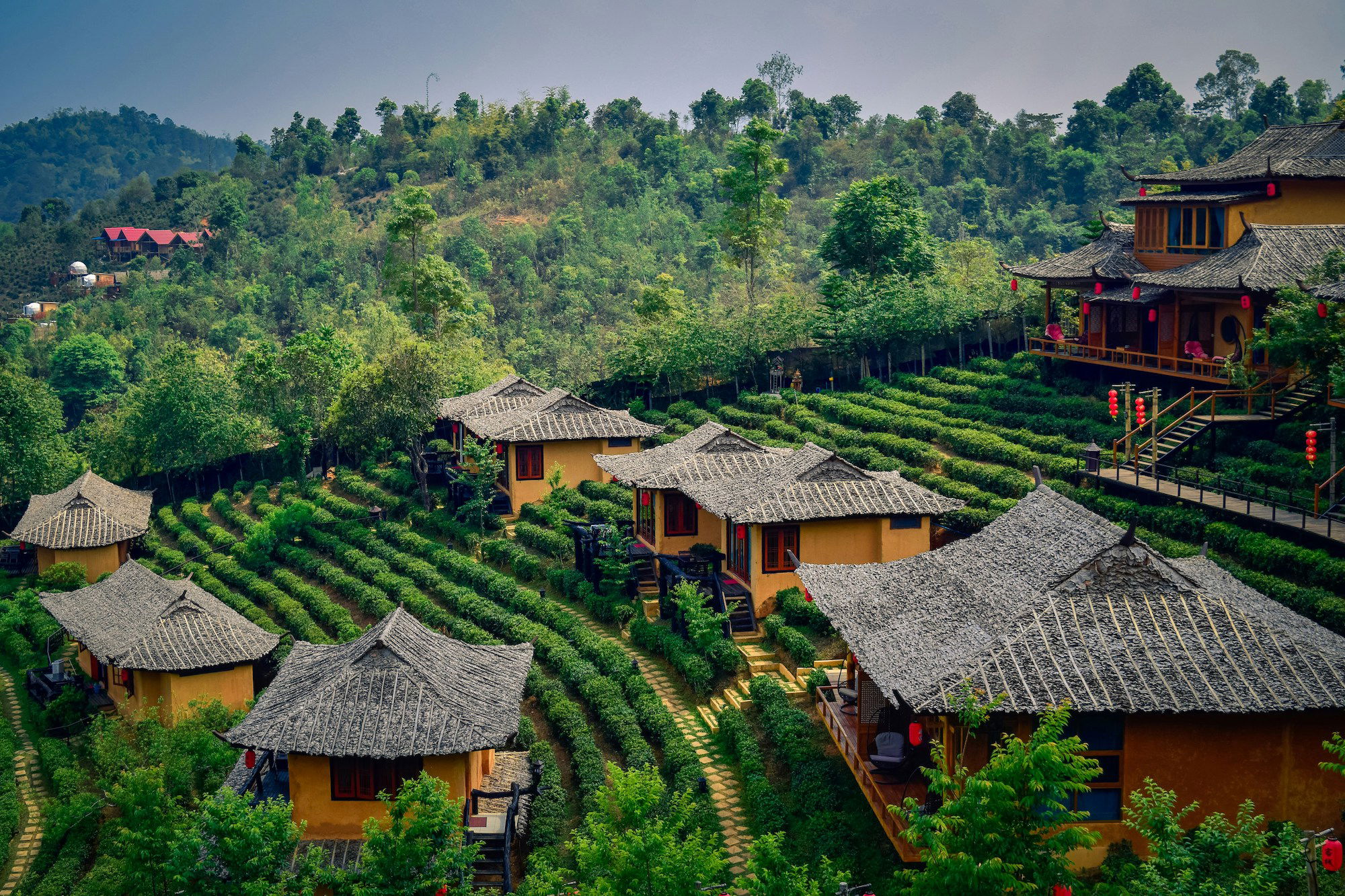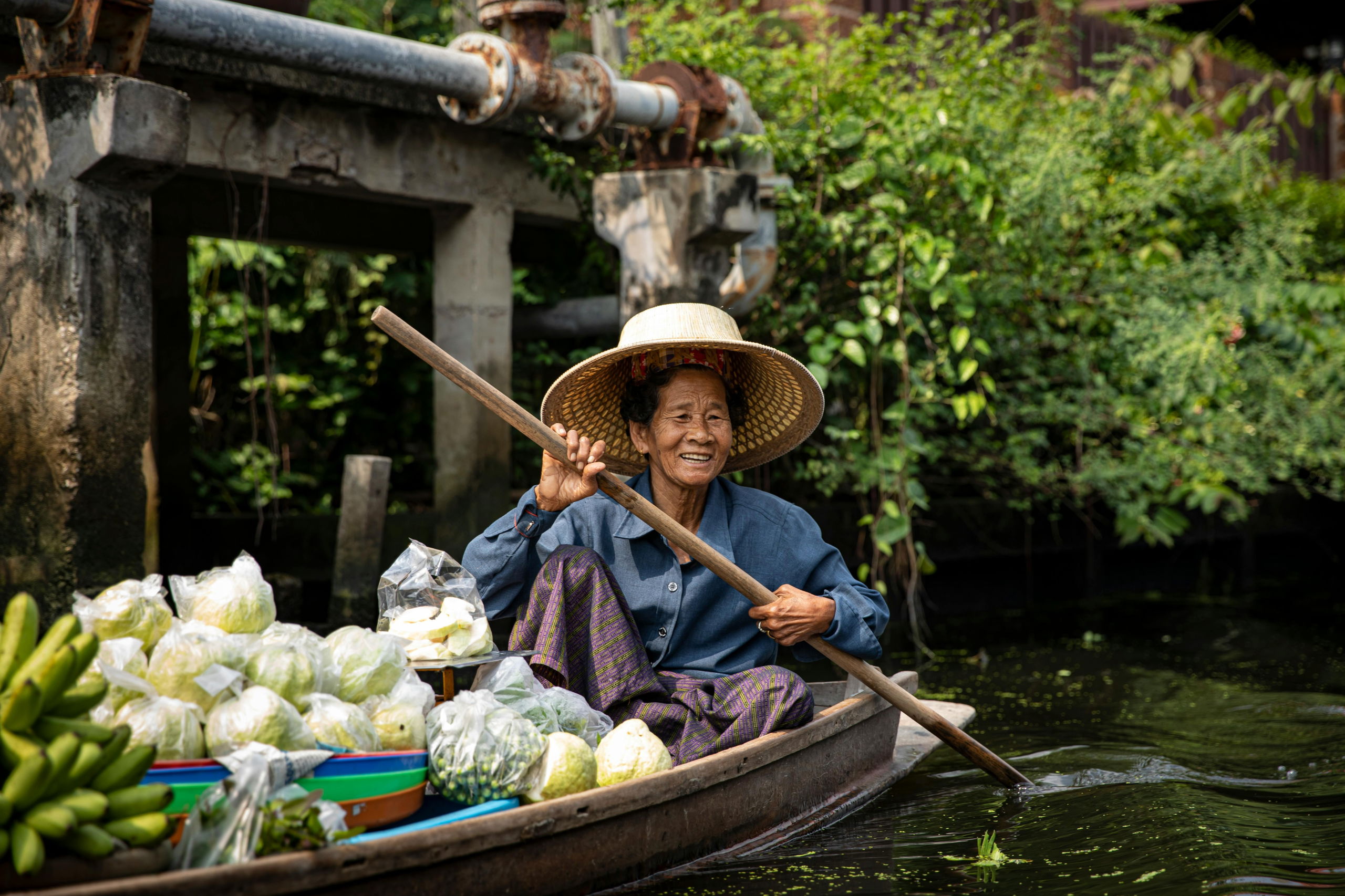
When the Sky Turns to Fireflies for Thailand’s Lantern Festival
Each November, as the monsoon season fades and the air in northern Thailand begins to cool, a quiet anticipation fills the streets of Chiang Mai. The city feels charged—markets hum with chatter, monks sweep temple steps in saffron robes, and the scent of jasmine, coconut, and wood smoke lingers in the dusk. When the first lantern drifts skyward, a hush falls. Then another. And another. Within minutes, the night is glowing—thousands of soft orbs rising together, weightless as breath.
This is Yi Peng, Thailand’s Lantern Festival, a luminous act of release and renewal. For locals, it’s a moment to let go of the year’s burdens and send wishes into the sky. For travelers, it’s an experience that lingers long after the lanterns have disappeared from sight.

The Twin Festivals of Light
The Lantern Festival in Thailand is often spoken of in two parts: Yi Peng and Loy Krathong. Though they occur simultaneously, they carry distinct traditions and meanings.
Yi Peng is unique to northern Thailand, with its heart in Chiang Mai. Its origins trace back centuries to the ancient Lanna Kingdom, when people released lanterns (khom loi) as an offering to Buddha, symbolizing the letting go of misfortune. The warm glow of each lantern, floating heavenward, is believed to carry prayers for wisdom and good fortune into the year ahead.
Loy Krathong, celebrated across Thailand on the same full moon, is a more aquatic affair. Participants release small, flower-filled vessels onto rivers and lakes, sending away bad luck and paying homage to the goddess of water, Phra Mae Khongkha. Together, these two festivals—one of air and one of water—turn the landscape into a meditation on impermanence and grace.
The Meaning of the Lantern
To release a lantern during Yi Peng is to participate in a centuries-old ritual of renewal. Each khom loi—crafted from rice paper stretched over bamboo and powered by a small fuel cell—rises slowly at first, catching the air, then joining the current of light. As it drifts upward, it carries a wish: for forgiveness, prosperity, or simply peace.
There’s something deeply human about the moment you let go. Around you, strangers are doing the same—watching the sky fill with moving constellations. For many Thais, the act is intertwined with Buddhist philosophy: letting go of attachment, honoring the present, and offering gratitude for the light that remains.
The experience is more than a spectacle. It’s meditation, community, and art all at once.
The Flavors of Thailand’s Lantern Festival
In Chiang Mai, food is as central to celebration as light. During Yi Peng, the city’s night markets overflow with northern Thai specialties—each dish as bright and layered as the lanterns above.
The scent of lemongrass and chili drifts from woks sizzling with khao soi, the city’s signature noodle curry made with coconut milk, turmeric, and crispy egg noodles. Tables brim with sai ua—spicy pork sausage flavored with kaffir lime—and skewers of marinated chicken brushed with sweet tamarind glaze.
Street vendors hand out cups of nam dok anchan, butterfly pea flower tea the color of twilight, while children snack on fried bananas and pandan custard cakes. The rhythm of the night is punctuated by the gentle pop of firecrackers and the low murmur of conversation.
Food here is not just sustenance—it’s how the community gathers and remembers.
A Moment with Chef Yia Vang
When Chef Yia Vang arrives in Chiang Mai during the Lantern Festival, he finds himself drawn not only to the light above but to the warmth on the ground—the street stalls, the open kitchens, the families cooking together. For Vang, whose Hmong heritage bridges borders, the spirit of Yi Peng mirrors his own story: one of migration, resilience, and reverence for tradition.
On our Thailand tour, we’ll join Vang in markets fragrant with kaffir lime and galangal, learning how ingredients become memory in Thai cuisine. Between cooking sessions and temple visits, they gather to witness Yi Peng firsthand—lanterns rising over the Ping River like the world’s gentlest tide.
As Vang often says, food tells us who we are and who we hope to become. At Yi Peng, that philosophy floats skyward, illuminated by thousands of small flames.

How to Celebrate Respectfully
While the Lantern Festival has become globally known, its spiritual roots remain deeply personal to Thai people. For visitors, participation comes with a responsibility to engage mindfully.
- Support local artisans: Purchase handmade lanterns and krathongs crafted from natural materials like bamboo and banana leaves. Avoid synthetic versions that harm the environment.
- Observe temple customs: Dress modestly and approach monks with quiet respect. Photography should never disrupt ceremony.
- Choose eco-conscious experiences: Many organized releases in Chiang Mai now use biodegradable materials and limit crowd size to preserve the serenity of the ritual.
Travelers who honor these traditions find that the experience becomes far more meaningful—less performance, more connection.
Beyond Chiang Mai
Though Chiang Mai remains the symbolic heart of Yi Peng, other parts of Thailand celebrate in their own ways. In Sukhothai, the festival aligns with the historical roots of Loy Krathong, lighting up the ancient ruins with thousands of floating candles. In Bangkok, riverside hotels host small-scale ceremonies along the Chao Phraya, the city skyline reflecting the lights of floating krathongs.
Yet nowhere does the experience feel quite as intimate as in the north, where the mountains cradle the celebration and the cool November air seems to pause in reverence.
Light That Lasts
When the final lanterns fade into the dark and the night falls still, what remains is not the spectacle but the silence after—the shared awe that lingers like the echo of a prayer.
For travelers who find themselves in Chiang Mai during Yi Peng, it is less about witnessing something extraordinary and more about feeling part of something enduring. The lanterns may vanish, but their message endures: release what you cannot hold, and make room for what is yet to come.

Travel to Thailand
Explore Thailand, both during Yi Peng and during other parts of the year, with Modern Adventure and our world-renowned Tastemakers.



